Home>Interior Design>Beautiful Millwork Designs
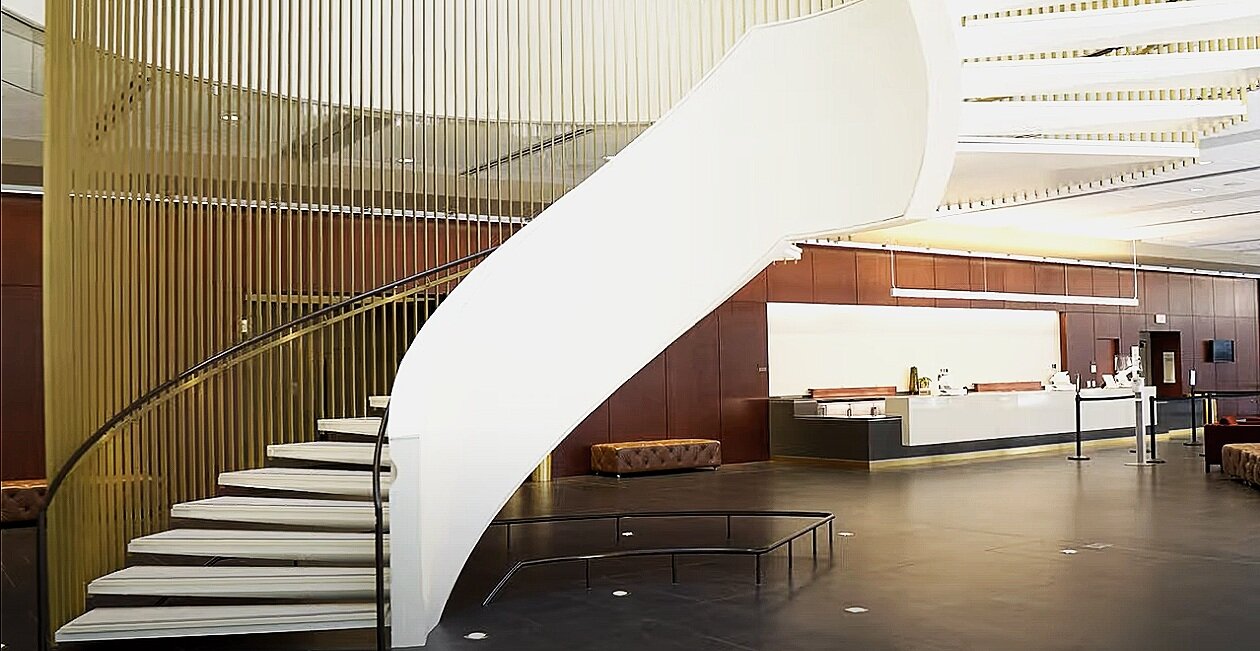

Interior Design
Beautiful Millwork Designs
Modified: October 20, 2024
Discover stunning interior-design millwork designs that will transform your space. From intricate woodwork to elegant moldings, enhance your home with our beautiful millwork designs.
(Many of the links in this article redirect to a specific reviewed product. Your purchase of these products through affiliate links helps to generate commission for Storables.com, at no extra cost. Learn more)
Introduction
Welcome to the world of beautiful millwork designs! When it comes to interior design, millwork plays a significant role in adding charm, elegance, and personality to a space. From intricate moldings and ornate woodwork to custom cabinetry and built-in shelves, millwork designs offer endless possibilities for creating breathtaking interiors.
Millwork refers to the architectural elements made from wood, such as doors, windows, baseboards, crown moldings, and paneling. These elements not only serve functional purposes but also contribute to the overall aesthetics of a room. Whether you’re renovating a historic property or updating a modern home, incorporating well-crafted millwork designs can transform any space into a visual masterpiece.
In this article, we will explore the importance of millwork designs, delve into their history, discuss different types of millwork designs, highlight the benefits of using millwork, provide guidance on choosing the right designs, showcase popular millwork design styles, offer tips for incorporating millwork in different areas of a home, and provide insights into maintaining these stunning designs. So, get ready to be inspired and take your interior design to the next level!
Key Takeaways:
- Elevate your interior design with stunning millwork designs that add elegance, functionality, and historical charm to any space. From traditional to contemporary styles, millwork offers endless customization options for a visually captivating environment.
- Embrace the artistry of millwork designs to create a personalized and visually stunning interior space. Consider factors such as architectural style, functionality, and maintenance to ensure a cohesive and timeless aesthetic.
Read more: Bright And Beautiful Sunroom Design Ideas
Importance of Millwork Designs
Millwork designs play a crucial role in interior design, elevating the overall aesthetic appeal of a space. Here are some key reasons why millwork designs are important:
- Enhanced Visual Appeal: Millwork designs add a touch of elegance, sophistication, and visual interest to any room. Whether it’s the intricate details of crown moldings or the refined craftsmanship of custom cabinetry, millwork designs create a sense of luxury and exclusivity.
- Personalization: Millwork designs offer endless customization options, allowing homeowners to express their unique style and preferences. From choosing the type of wood and finishes to the design details, every element of millwork can be tailored to reflect the individuality of the homeowner.
- Definition and Structure: Millwork designs help define the architectural features of a space and provide structure to the room. Elements like baseboards, crown moldings, and wainscoting create visual boundaries, elevate the ceiling height, and add depth and dimension to the overall layout.
- Historical Preservation: In historic properties, millwork designs are crucial for maintaining the authenticity and integrity of the space. Restoring or replicating original millwork elements not only adds value to the property but also preserves its historical character and charm.
- Functionality and Storage Solutions: Millwork designs are not just visually appealing; they also serve practical purposes. Custom-built cabinetry, shelves, and storage units offer ample storage space, keeping the room organized and clutter-free.
Whether you’re designing a residential space or a commercial establishment, incorporating millwork designs is essential for creating a stunning and functional environment. The right millwork elements can completely transform the look and feel of a room, making it stand out and leaving a lasting impression on anyone who enters.
History of Millwork Designs
The history of millwork designs can be traced back to ancient civilizations, where skilled craftsmen meticulously carved and shaped wood to create intricate architectural elements. Let’s take a journey through time to explore the fascinating history of millwork designs:
Ancient Egypt: The Egyptians were pioneers in the art of millwork. They utilized intricate wood carvings and moldings in their impressive temple structures, tombs, and palaces. These ornate designs showcased the Egyptians’ mastery of woodworking and their reverence for symbolism and religious beliefs.
Greece and Rome: The Greeks and Romans embraced the beauty of millwork designs, incorporating impressive columns, friezes, and cornices into their architectural marvels. These classic designs continue to inspire modern millwork styles today, lending a sense of timelessness and sophistication to any space.
Medieval Europe: During the Middle Ages, millwork designs flourished in Europe. Skilled craftsmen created intricate woodwork, including paneling, arches, and ceiling beams, in castles, churches, and palaces. These designs reflected the social status and wealth of the nobility, while also providing structural support to the buildings.
Renaissance and Baroque Eras: The Renaissance and Baroque periods brought a resurgence of architectural splendor, with elaborate millwork designs adorning palaces, mansions, and churches. Intricate carvings, pilasters, and decorative moldings emerged as prominent design elements, showcasing the opulence and artistic flair of the era.
Colonial America: In the 17th and 18th centuries, millwork designs became prevalent in colonial America. European settlers brought their craftsmanship expertise and integrated millwork elements into the construction of homes and public buildings. Paneling, wainscoting, and crown moldings became defining features of colonial architecture.
Industrial Revolution and Modern Era: The advent of industrialization in the 19th century revolutionized millwork production. With the introduction of machinery, mass production of millwork became possible, making it more accessible and affordable. This era saw a blend of traditional designs with contemporary styles, giving rise to a wide range of millwork options for different architectural styles.
Today, millwork designs continue to evolve, with innovative techniques and materials being used to create stunning architectural elements. From traditional to modern, millwork designs offer endless possibilities for adding character, charm, and individuality to any space.
Different Types of Millwork Designs
Millwork designs encompass a wide range of architectural elements made from wood. Let’s explore some of the different types of millwork designs:
- Doors: Doors are an essential part of any building, and millwork designs can transform them into statement pieces. From intricately carved panels to elegant arched tops, millwork doors add character and beauty to both interior and exterior spaces.
- Windows: Millwork window frames, sashes, and trim add a polished finish to any room. From traditional double-hung windows with beautiful moldings to large bay windows with ornate casements, millwork designs enhance natural light while elevating the architectural style.
- Crown Moldings: Crown moldings are decorative trim installed along the top of walls where they meet the ceiling. They add elegance, depth, and visual interest while covering any gaps between the two surfaces. Crown moldings come in various designs, from simple and subtle to intricate and elaborate.
- Baseboards: Baseboards, also known as skirting boards or kickboards, are installed along the bottom of walls to cover the joint between the wall and the floor. They provide a finished look and protect the walls from damage. Baseboards can be plain or elaborate, depending on the desired style.
- Wainscoting: Wainscoting refers to applying paneling to the lower portion of a wall, typically between the baseboard and chair rail. It adds texture, depth, and architectural interest to a room. Wainscoting designs vary, from simple beadboard paneling to raised panels with intricate detailing.
- Custom Cabinetry: Millwork designs are often incorporated into custom cabinetry, such as kitchen cabinets, bathroom vanities, and built-in storage units. Custom cabinets allow for personalized style, functionality, and storage solutions tailored to specific needs and preferences.
- Fireplace Mantels: A millwork fireplace mantel adds a focal point and a touch of sophistication to a living space. Whether it’s a classic wooden mantel with intricate carvings or a sleek modern design, millwork mantels provide a stunning frame for the fireplace.
- Staircase Railings and Balusters: Millwork designs can enhance staircase railings and balusters, adding elegance and safety to any home or commercial space. From intricate wood carvings to sleek metal designs, these elements contribute to the overall aesthetics and architectural style.
The variety of millwork designs available allows for endless possibilities in creating unique and visually stunning interior spaces. Whether you prefer traditional or contemporary styles, incorporating millwork designs adds a touch of craftsmanship and elegance that transforms any room into a work of art.
Benefits of Using Millwork Designs
Using millwork designs in interior spaces offers numerous benefits that enhance both the aesthetic appeal and functionality of a room. Let’s explore the advantages of incorporating millwork designs:
- Elevated Aesthetics: Millwork designs add a touch of elegance and sophistication to any space. From intricately crafted crown moldings to custom-built cabinetry, these architectural elements enhance the overall visual appeal of a room, creating a luxurious and polished atmosphere.
- Customization and Personalization: Millwork designs offer endless options for customization, allowing homeowners to create unique and personalized spaces. From selecting the type of wood and finishes to incorporating specific design details, millwork can be tailored to reflect individual style and preferences.
- Added Value: Millwork designs can significantly increase the value of a property. Well-crafted millwork elements, such as custom cabinetry or ornate moldings, add a sense of luxury and exclusivity, making the space more appealing to potential buyers or renters.
- Improved Functionality: One of the key benefits of millwork designs is their practicality. Custom-built cabinets, shelves, and storage units provide functional solutions for organizing and decluttering a space. Millwork designs not only enhance the visual appeal but also optimize the utility of each room.
- Enhanced Architectural Features: Millwork designs help define and enhance the architectural features of a room. Moldings, paneling, and other millwork elements can add depth, dimension, and visual interest, transforming plain walls and ceilings into striking design elements.
- Flexibility: Millwork designs offer flexibility in terms of design and style. They can be seamlessly incorporated into various architectural styles, from traditional to contemporary. This versatility allows homeowners and designers to create cohesive interior spaces that reflect their vision.
- Historical Restoration: For historic properties, millwork designs play a crucial role in maintaining the authenticity and charm of the space. Restoring or replicating original millwork elements is essential for preserving the historical integrity of the property, adding value and interest to the space.
- Acoustic and Insulation Benefits: Some millwork designs, such as paneling and wainscoting, can improve the acoustic properties of a room, reducing noise and creating a more peaceful environment. Additionally, certain millwork installations can provide additional insulation, enhancing energy efficiency and comfort.
Whether you’re renovating a home, designing a commercial space, or adding a touch of elegance to a room, incorporating millwork designs offers numerous benefits. From enhancing aesthetics to improving functionality, millwork designs have the power to transform any space into a visually stunning and inviting environment.
When designing beautiful millwork, consider incorporating unique and intricate details such as carved motifs, raised panels, and custom moldings to add visual interest and elegance to the space.
Read more: 5 Beautiful Stone Steps For Any Home
Factors to Consider when Choosing Millwork Designs
Choosing the right millwork designs is an important aspect of creating a cohesive and aesthetically pleasing interior space. Here are some key factors to consider when selecting millwork designs:
- Architectural Style: Consider the architectural style of your home or space. Different millwork designs complement specific architectural styles better than others. For example, traditional moldings and paneling work well in classic or Victorian-style homes, while sleek and minimalistic designs suit contemporary spaces.
- Functionality: Determine the purpose and functionality of the millwork. Are you looking for decorative elements or practical storage solutions? Custom-built cabinets, shelving units, and built-in furniture can provide both aesthetics and functionality, maximizing the use of space.
- Proportions: Consider the proportions of the room and the scale of the millwork designs. Larger rooms can accommodate more intricate and elaborate millwork, while smaller spaces may require simpler designs to avoid overwhelming the room. Ensure the millwork complements the overall size and layout of the space.
- Budget: Determine your budget for millwork designs. Custom millwork can vary significantly in cost, depending on the complexity of the design, the type of wood used, and the level of craftsmanship required. Consider your budget and prioritize which millwork elements are most important to you.
- Material Selection: Choose the right material for your millwork designs. Wood is a popular choice for its warmth and natural beauty, but there are also alternatives like MDF (medium-density fiberboard) or composite materials that offer cost-effective options without compromising on aesthetics.
- Stylistic Cohesion: Ensure that the millwork designs you choose align with the overall style and theme of the space. Consistency and cohesiveness in design create a harmonious and visually appealing atmosphere. Consider factors such as color palette, textures, and overall design scheme when selecting millwork designs.
- Maintenance and Durability: Consider the maintenance requirements and durability of the millwork designs. Some materials and finishes may require more upkeep than others. Choose materials and finishes that are long-lasting and easy to clean, ensuring that the millwork retains its beauty for years to come.
- Expertise and Craftsmanship: Work with experienced professionals who specialize in millwork design and installation. Skilled craftsmen can bring your vision to life with precision and attention to detail. Do your research, view portfolios, and ask for recommendations to ensure you are working with trusted experts.
By considering these factors, you can make informed decisions when choosing millwork designs that enhance the beauty, functionality, and overall style of your space. Remember to strike a balance between your personal preferences and the practical requirements of the room to create a stunning and cohesive interior design.
Popular Millwork Design Styles
Millwork designs come in various styles, each reflecting a particular aesthetic and architectural period. Here are some popular millwork design styles:
- Traditional: Traditional millwork designs draw inspiration from classic architectural styles such as Georgian, Victorian, and Colonial. Elaborate crown moldings, wainscoting with intricate paneling, and decorative ceiling medallions are common elements in traditional millwork. The richness of the wood and the ornate detailing create a sense of elegance and timeless charm.
- Transitional: Transitional millwork designs strike a balance between traditional and contemporary styles. They blend classic architectural details with cleaner lines and simpler profiles. The millwork in transitional designs tends to be less ornate, with emphasis placed on subtle elegance and understated refinement.
- Contemporary: Contemporary millwork designs embrace minimalism and clean lines. The focus is on simplicity and functionality, with sleek profiles and smooth surfaces. In contemporary millwork, you’ll often find recessed panel doors, linear moldings, and open shelving that combine modern aesthetics with practicality.
- Craftsman: Craftsman millwork designs originated from the Arts and Crafts movement and have a distinct emphasis on natural materials and handcrafted details. Craftsman millwork often features simple, yet elegant, woodwork, with exposed joinery, square panels, and built-in storage. These designs exude a sense of craftsmanship and showcase the beauty of the wood itself.
- Farmhouse: Farmhouse millwork designs reflect a rustic and charming aesthetic. The millwork in farmhouse styles often includes shiplap walls, beadboard paneling, and reclaimed wood accents. These designs evoke a cozy and welcoming atmosphere, reminiscent of country living.
- Mediterranean: Mediterranean millwork designs draw inspiration from the architectural styles found in Mediterranean regions, such as Spanish or Italian influences. This style often features ornate carvings, arches, and decorative moldings. Rich and warm woods are commonly used, lending a sense of Old World grandeur to the space.
- Mid-Century Modern: Mid-century modern millwork designs reflect the iconic style of the 1950s and 1960s. The emphasis is on sleek lines, geometric shapes, and minimal ornamentation. In millwork designs of this style, you’ll find clean, streamlined profiles, often with the use of natural wood finishes or pops of bold colors.
- Industrial: Industrial millwork designs draw inspiration from vintage factories and warehouses. Exposed brick walls, metal accents, and open shelving are key features of this style. Millwork designs in industrial styles often incorporate reclaimed wood, distressed finishes, and utilitarian aesthetics, creating a rugged and urban look.
These popular millwork design styles offer a range of options to suit different tastes and design preferences. Whether you prefer the timeless elegance of traditional millwork or the sleek simplicity of contemporary designs, incorporating millwork in your space can add depth, character, and architectural interest.
Incorporating Millwork Designs in Different Areas of a Home
Millwork designs can be incorporated into various areas of a home, adding beauty, functionality, and architectural interest. Let’s explore some ways to incorporate millwork designs in different spaces:
- Living Room: Add elegance and sophistication to your living room with millwork designs. Install crown moldings along the ceiling for a touch of refinement. Incorporate built-in shelves or cabinets to display books, art pieces, and collectibles. A fireplace mantel with intricate carvings can serve as a beautiful focal point.
- Kitchen: Utilize millwork designs to enhance the aesthetics and functionality of your kitchen. Install custom cabinetry with ornate detailing to create a luxurious and personalized look. Add decorative panels or moldings to the kitchen island or range hood for a distinctive focal point. Consider incorporating a built-in breakfast nook with custom millwork for cozy dining.
- Dining Room: Make a statement in your dining room with millwork designs. Install wainscoting on the walls, combining different paneling styles for added visual interest. For a more formal look, consider a coffered ceiling with intricate moldings. Incorporate a built-in buffet or hutch with glass doors to display fine china or glassware.
- Home Office: Create a sophisticated and inspiring home office with the help of millwork designs. Install floor-to-ceiling built-in bookshelves or wall panels to showcase your book collection. Incorporate a custom desk with integrated storage solutions for a seamless and organized workspace. Crown moldings and decorative trim can add an elegant touch.
- Bedroom: Transform your bedroom into a serene oasis with the use of millwork designs. Install crown moldings and baseboards to define the space and add architectural interest. Consider a custom headboard with integrated storage or intricate carvings for a touch of luxury. Built-in closets and wardrobes can maximize storage while maintaining a streamlined and organized look.
- Bathroom: Add a touch of elegance to your bathroom with millwork designs. Install paneling or wainscoting on the walls to create a luxurious and classic look. Incorporate custom-built vanity cabinets with intricate detailing for a statement piece. Crown moldings and decorative trim can bring a refined and finished look to the space.
- Entryway: Make a lasting first impression with millwork designs in your entryway. Consider an intricately carved front door with decorative glass inserts. Install crown moldings and paneling along the walls to create a grand entrance. Incorporate a custom-built storage bench or console table with ornate details to add functionality and style.
- Staircase: Enhance the elegance of your staircase with millwork designs. Install decorative balusters and handrails that reflect your preferred style, whether it be traditional, contemporary, or a unique blend. Consider adding paneling or molding to the staircase walls for added visual interest. A decorative newel post can serve as a stunning focal point.
Incorporating millwork designs in different areas of your home allows you to add refinement, functionality, and architectural beauty to each space. Whether you’re aiming for a classic and traditional look or a more contemporary and sleek aesthetic, millwork designs can enhance the overall ambiance and create a truly stunning home.
Tips for Maintaining Millwork Designs
Maintaining your millwork designs is essential to preserve their beauty, durability, and functionality over time. Here are some tips to help you care for and maintain your millwork:
- Cleaning: Regularly dust your millwork using a soft cloth or feather duster. Avoid using harsh chemicals or abrasive cleaners, as they can damage the wood or finishes. For stubborn stains, use a mild cleaning solution specifically designed for wood surfaces.
- Protective Measures: To prevent scratches or damage, place protective pads or felt under objects placed on top of millwork surfaces. Use coasters and trivets to protect against heat and moisture from hot dishes or beverages.
- Avoid Direct Sunlight: Direct sunlight can cause fading and discoloration of the wood and finishes. Use curtains or blinds to shield your millwork designs from prolonged exposure to sunlight, especially in rooms with large windows.
- Regular Inspections: Periodically inspect your millwork for any signs of damage, such as cracks, chips, or loose moldings. Promptly address any issues to prevent further damage and ensure the longevity of your millwork designs.
- Recoat or Refinish: Over time, the finishes on millwork may wear off or become damaged. If needed, consider recoating or refinishing the millwork to restore its original beauty. Consult with a professional to determine the best approach and products for your specific millwork.
- Humidity Control: Fluctuations in humidity levels can cause wood to expand or contract, leading to damage. Maintain consistent humidity levels in your home, ideally between 40-55%. Use humidifiers or dehumidifiers to achieve optimal humidity conditions, especially in areas with high moisture, such as bathrooms or basements.
- Protective Finishes: Consider applying protective finishes, such as clear varnishes or sealants, to your millwork designs. These finishes add an extra layer of protection against moisture, stains, and wear, prolonging the lifespan of your millwork and enhancing its beauty.
- Professional Maintenance: For intricate or extensive millwork designs, it’s advisable to hire professionals for routine maintenance and repairs. Skilled craftsmen can assess and address any issues effectively, ensuring that your millwork stays in optimal condition.
- Preventive Measures: Take preventive measures to protect your millwork from potential damage. Avoid placing heavy objects on delicate millwork surfaces, and be cautious when moving furniture or other items around your millwork. Use door stoppers or door closers to prevent doors from slamming into millwork trim or walls.
By following these tips and taking proper care of your millwork designs, you can maintain their beauty and durability for years to come. Regular maintenance and attention will ensure that your millwork remains a stunning and functional feature in your home.
Conclusion
Millwork designs are an integral part of interior design, offering a multitude of benefits and possibilities for creating beautiful and functional spaces. From the elegance of traditional designs to the sleekness of contemporary styles, millwork adds a touch of craftsmanship and refinement to any room.
Throughout history, millwork designs have evolved, reflecting different architectural periods and personal tastes. Their timeless appeal and versatility make them perfect for both historical restoration projects and modern renovations. With a wide range of millwork elements available, including doors, windows, moldings, and cabinetry, homeowners have the opportunity to customize their spaces and create unique environments that reflect their style and preferences.
When incorporating millwork designs, it’s important to consider factors such as architectural style, functionality, proportions, budget, and material selection. By carefully selecting millwork elements that align with the overall design scheme, you can create a cohesive and visually stunning interior space.
Maintaining your millwork designs is crucial to preserve their beauty and longevity. Regular cleaning, protective measures, inspections, and professional maintenance can go a long way in ensuring that your millwork remains in optimal condition for years to come.
Whether you’re renovating your home, designing a new space, or adding character to a commercial establishment, millwork designs offer endless possibilities for elevating the aesthetics and functionality of any interior. With attention to detail, proper care, and expert craftsmanship, millwork designs can transform an ordinary space into a captivating and remarkable environment.
So, embrace the artistry of millwork designs and let your imagination soar as you create stunning interior spaces that reflect your personal style and inspire those who enter.
Frequently Asked Questions about Beautiful Millwork Designs
Was this page helpful?
At Storables.com, we guarantee accurate and reliable information. Our content, validated by Expert Board Contributors, is crafted following stringent Editorial Policies. We're committed to providing you with well-researched, expert-backed insights for all your informational needs.
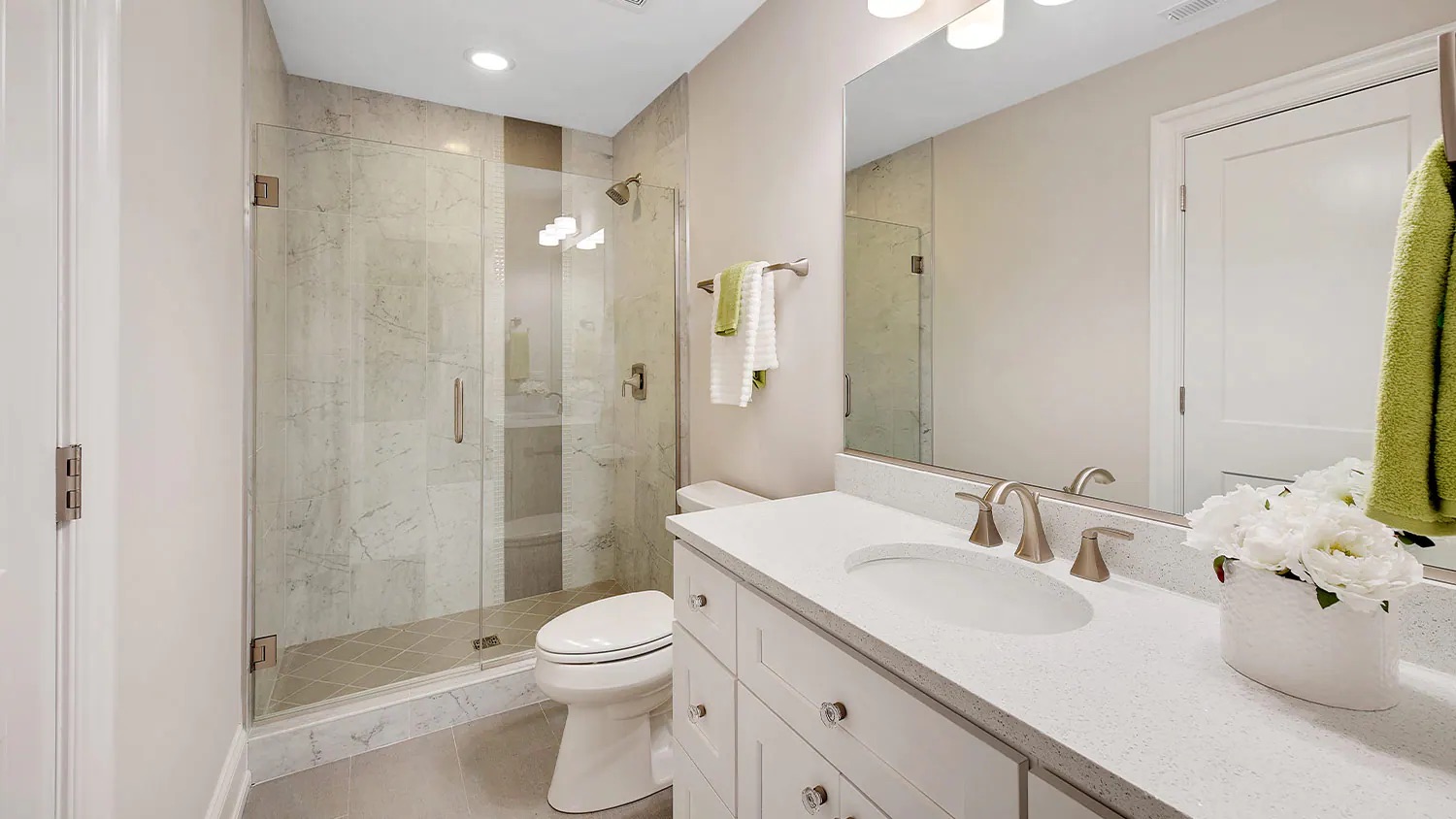
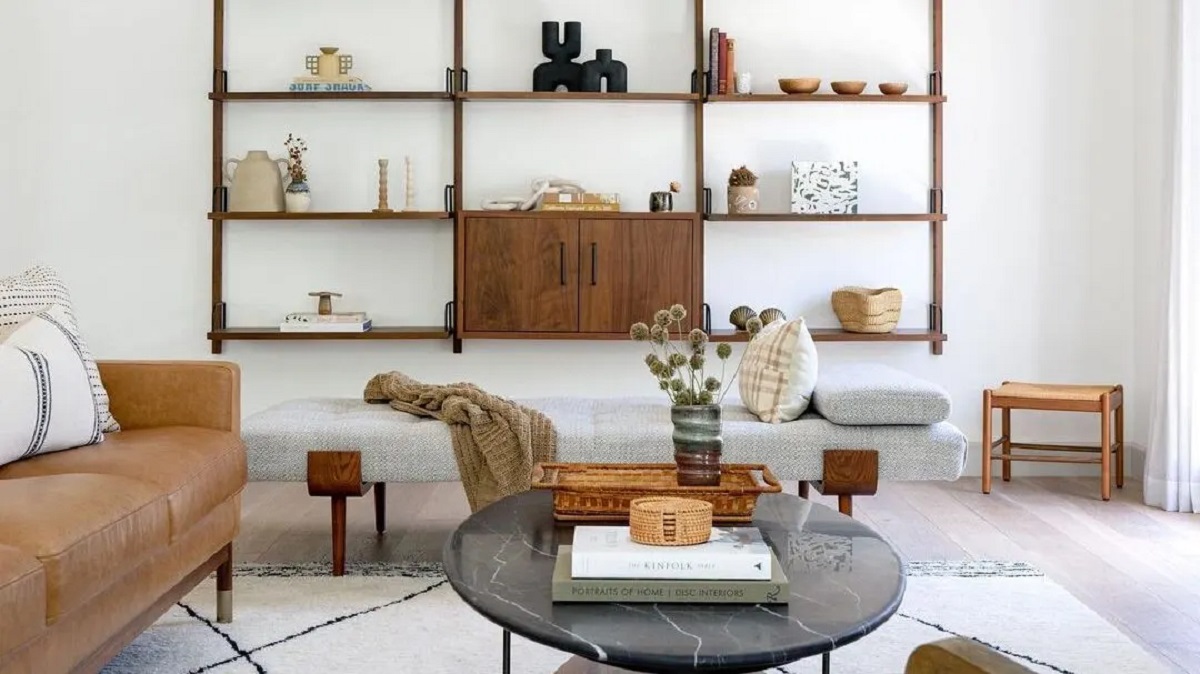
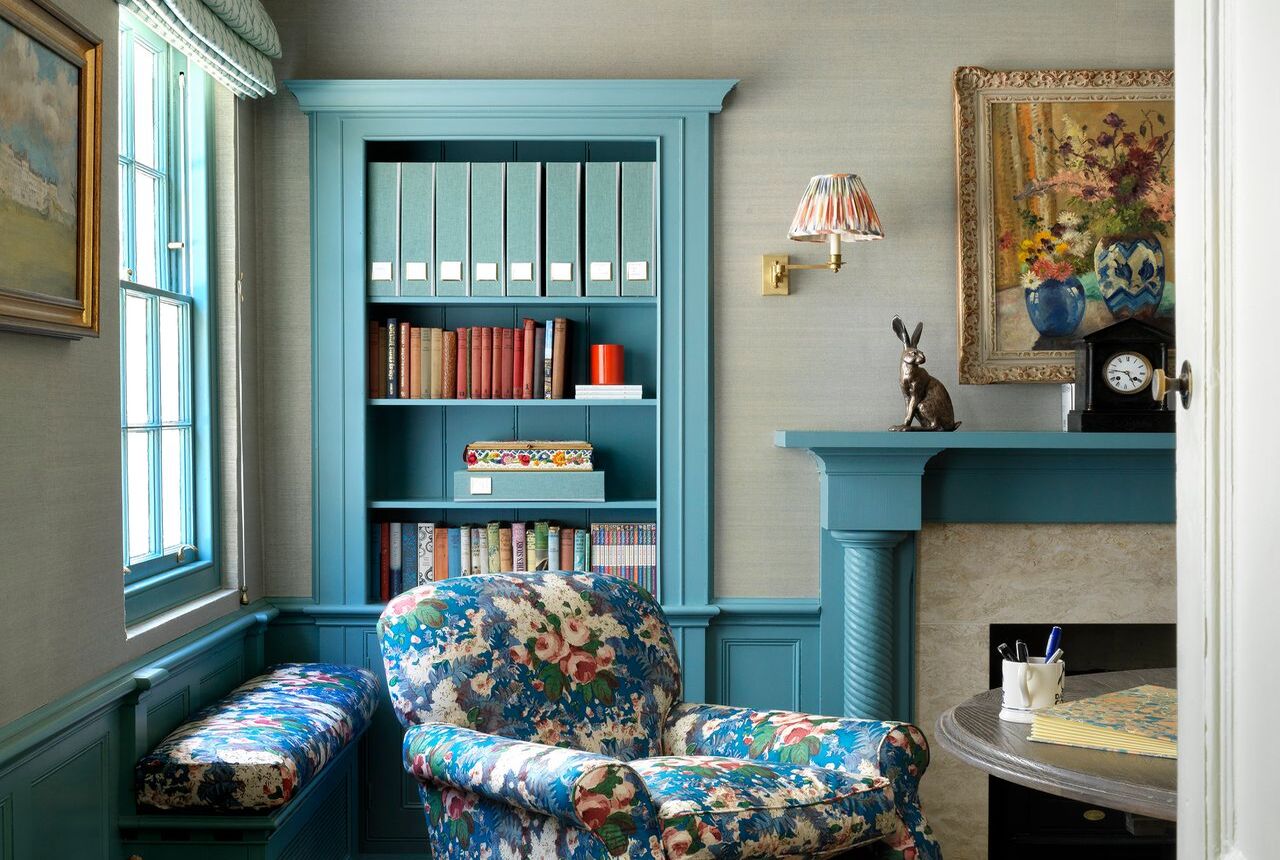

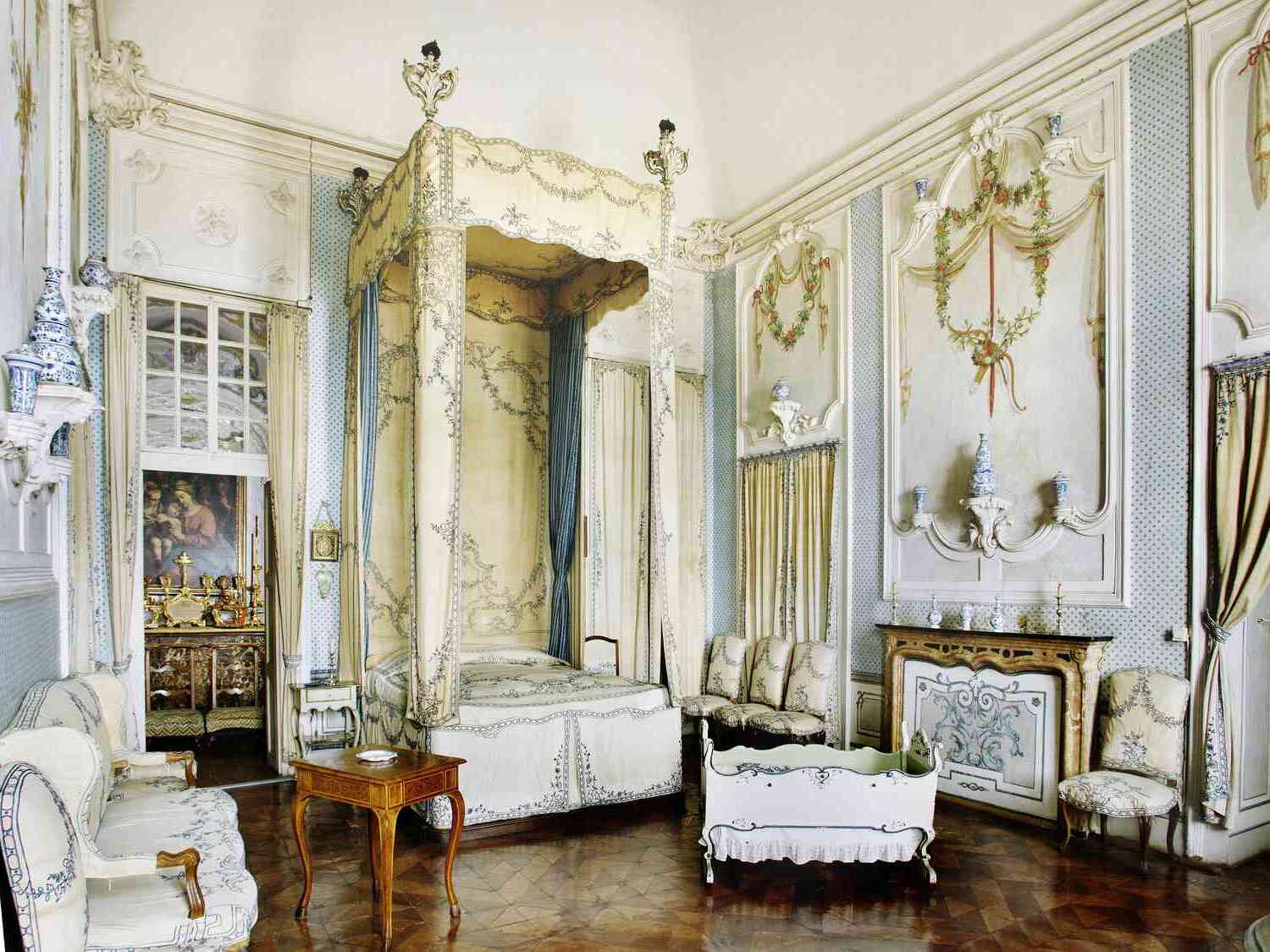
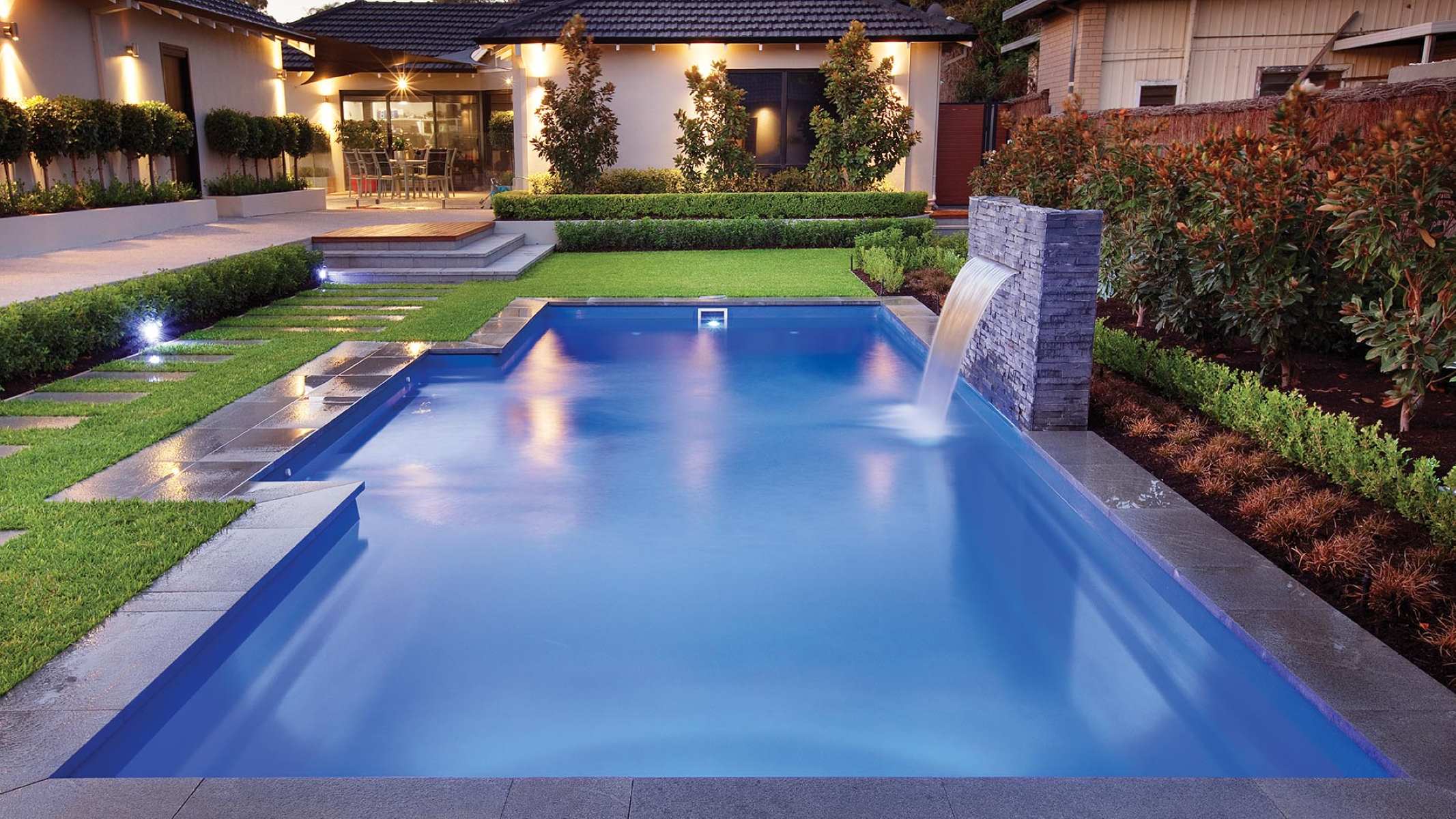
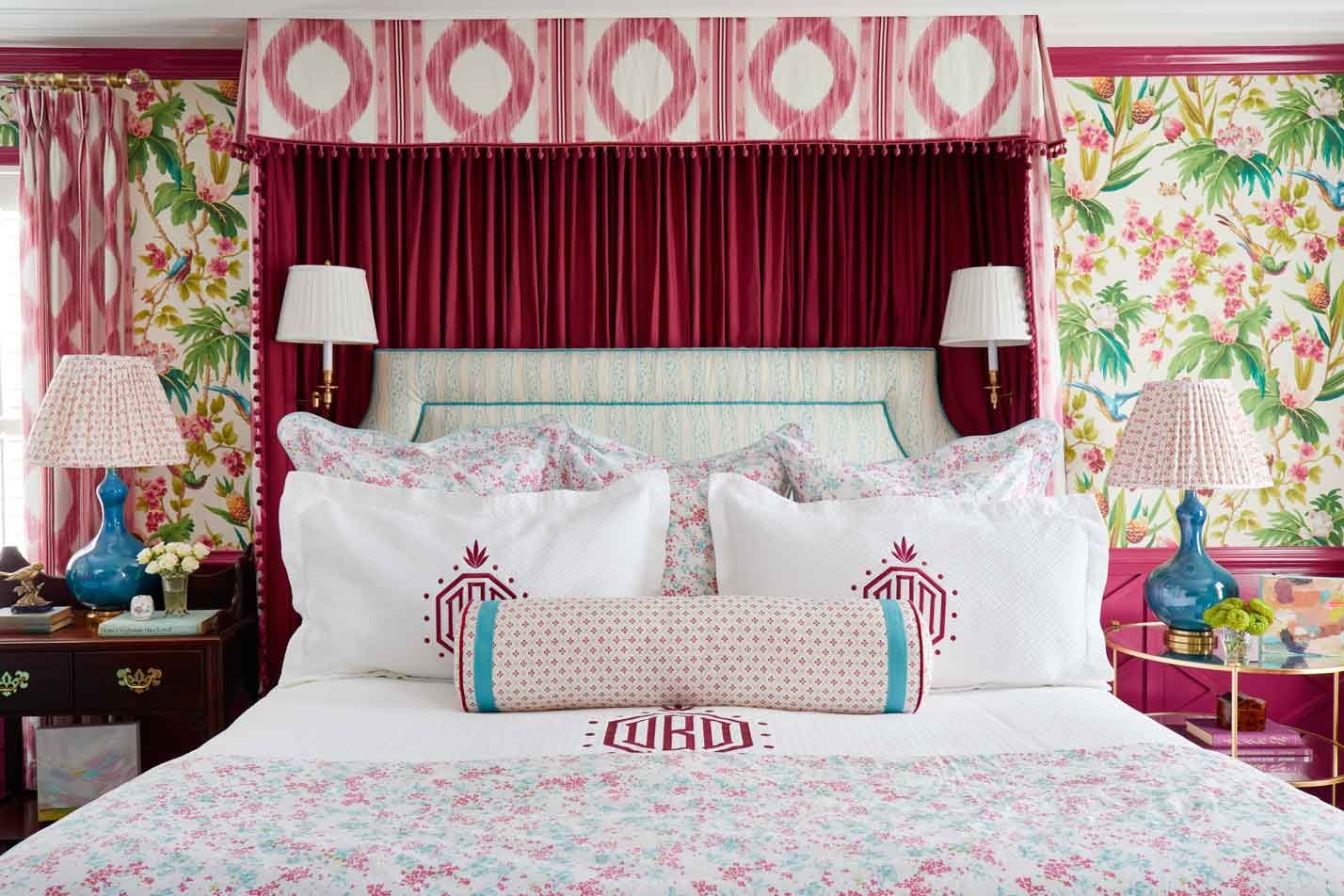

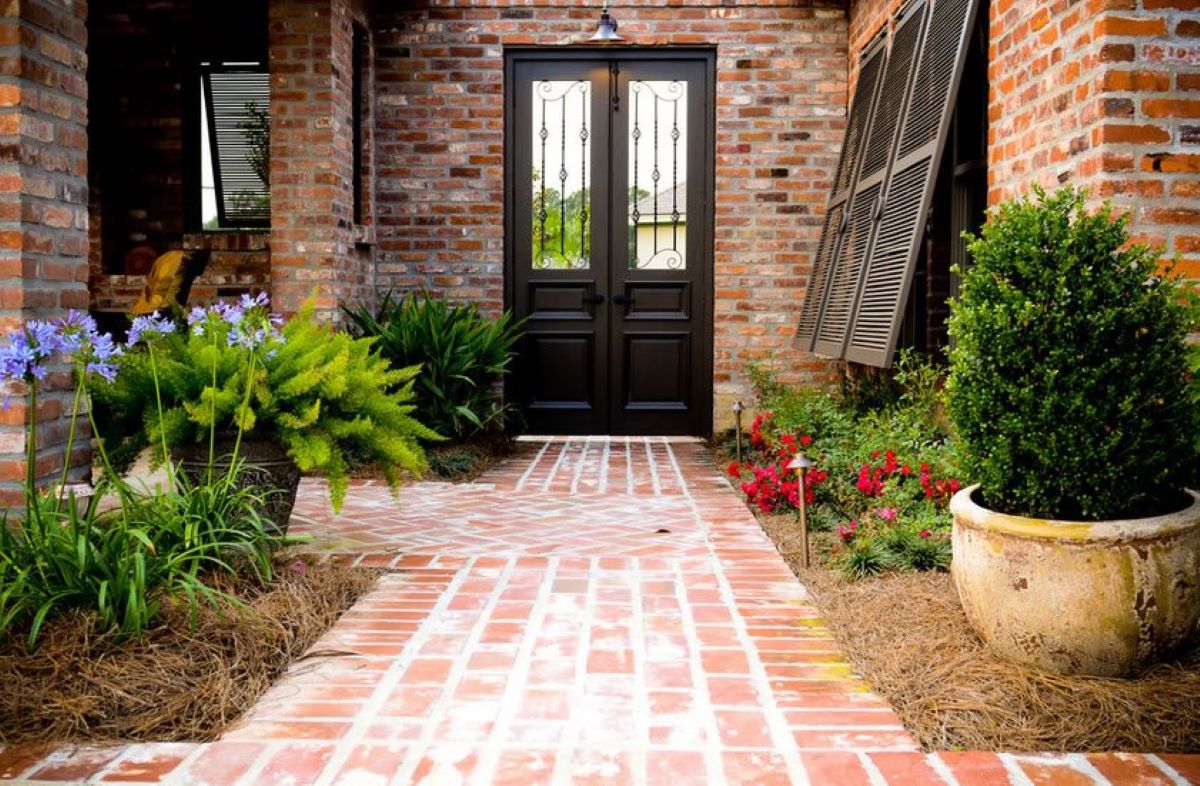
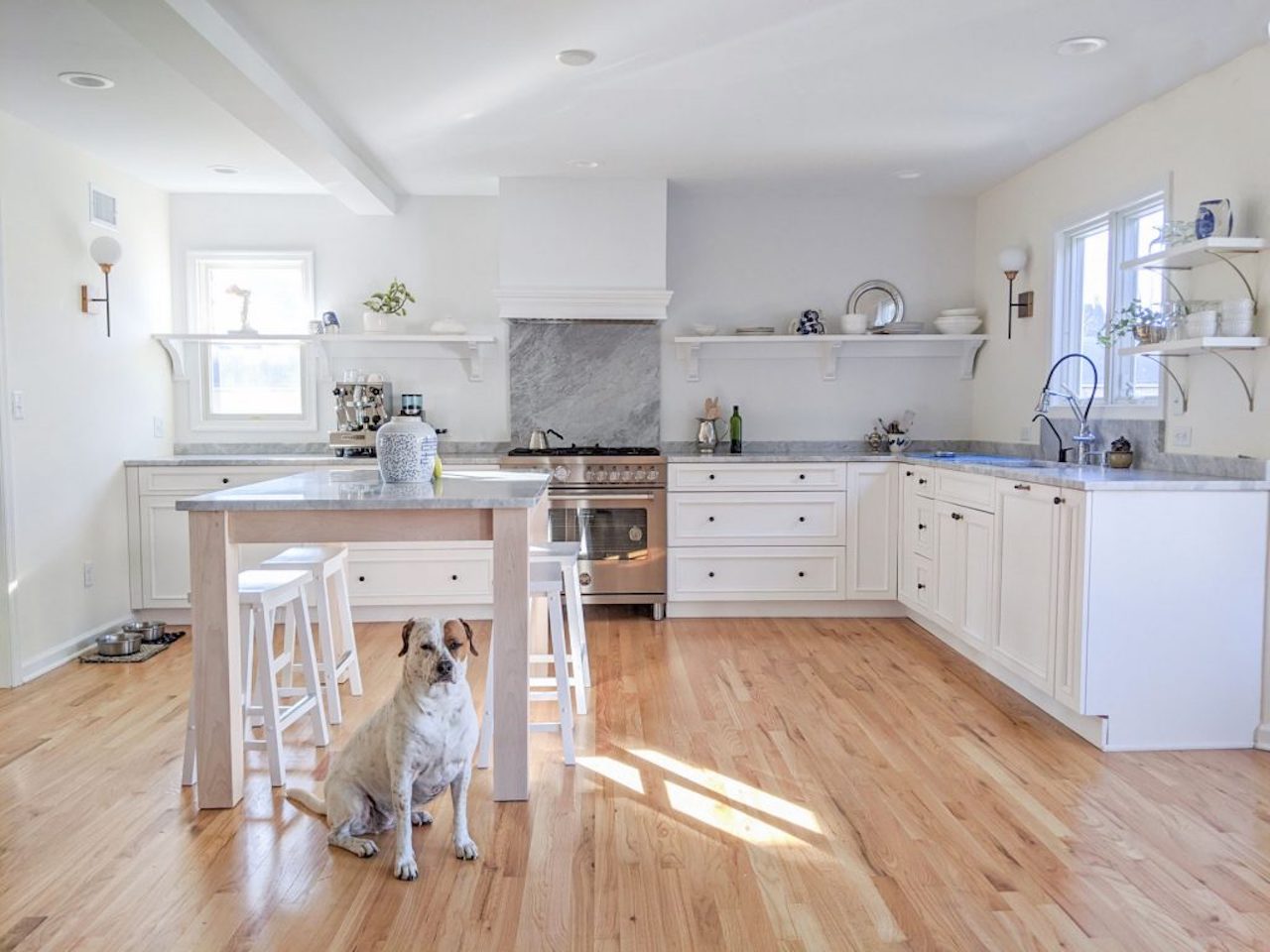
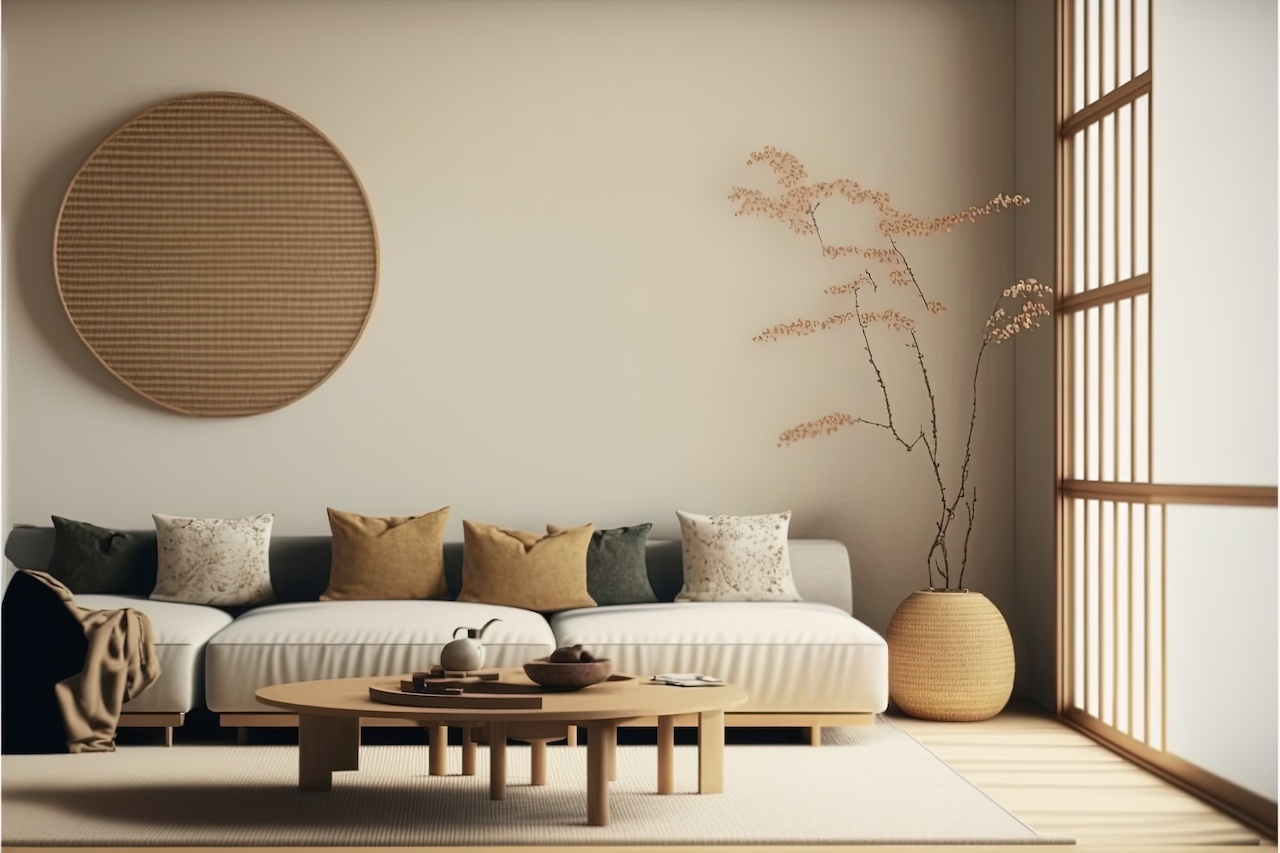
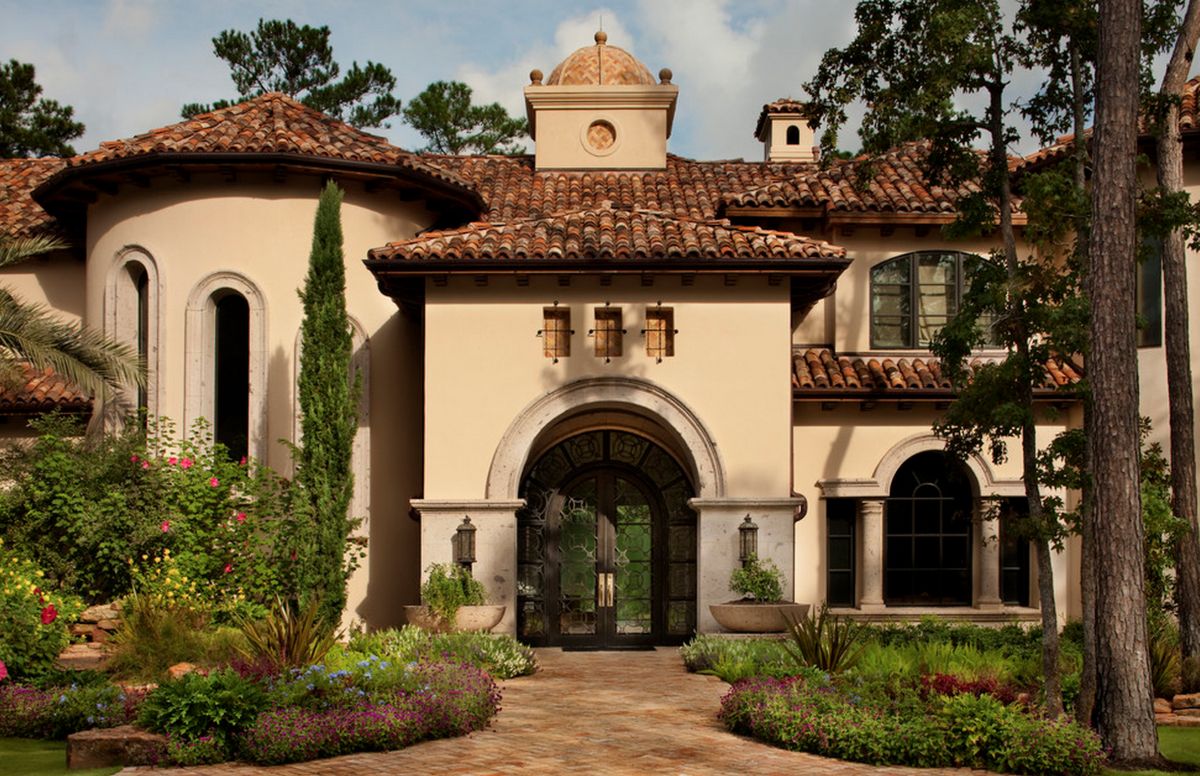
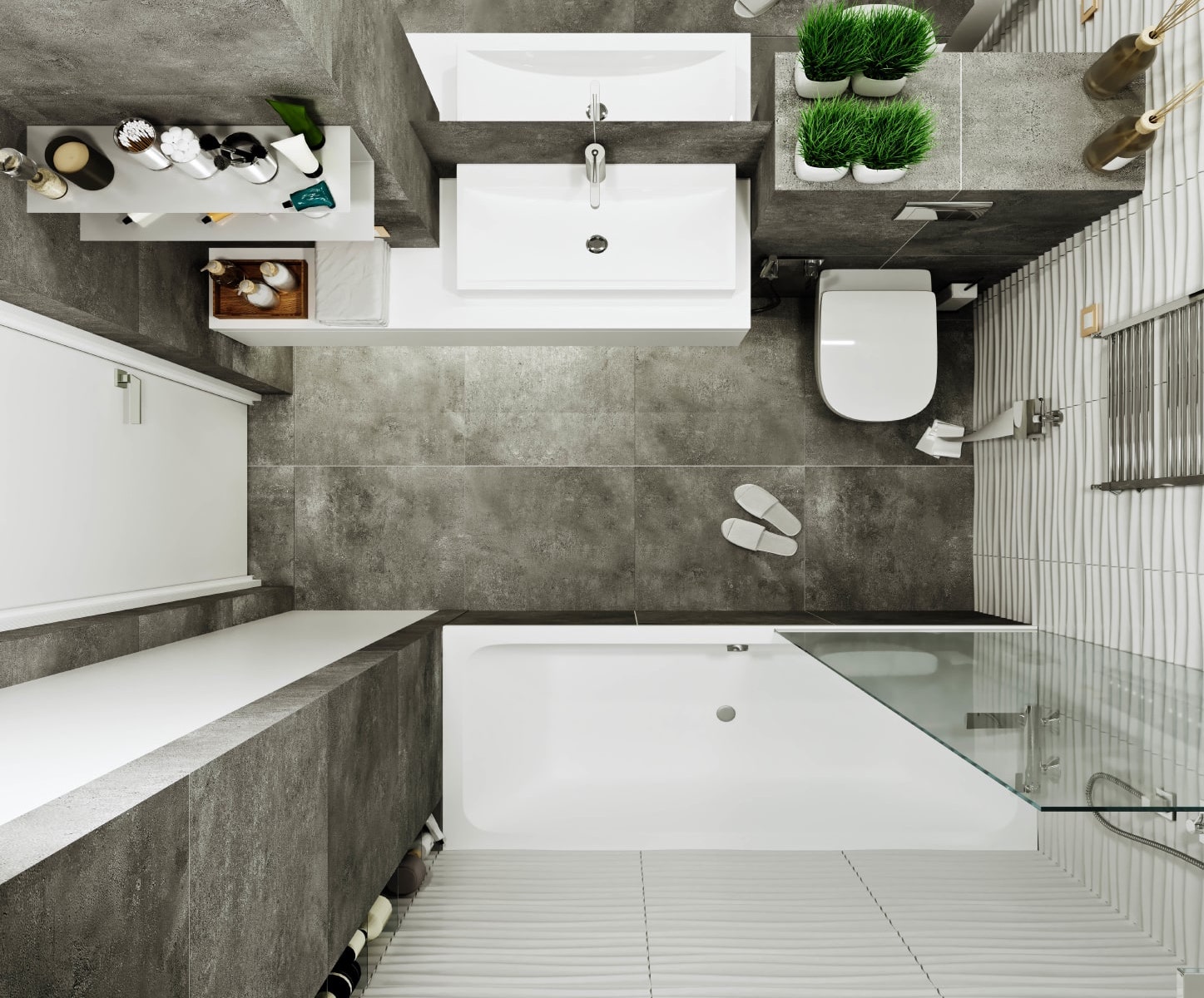

0 thoughts on “Beautiful Millwork Designs”